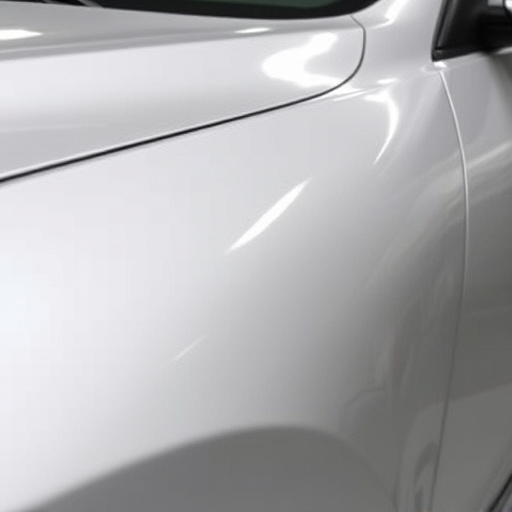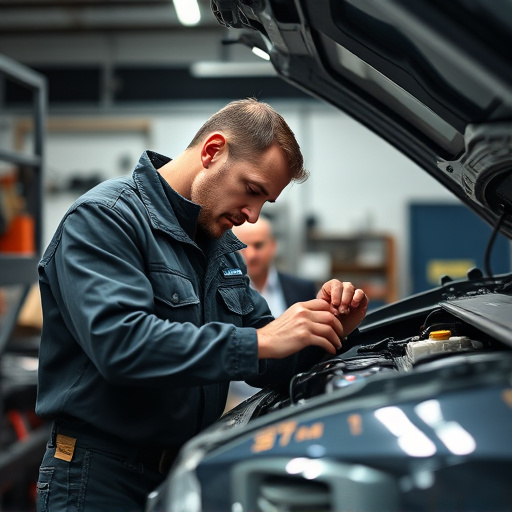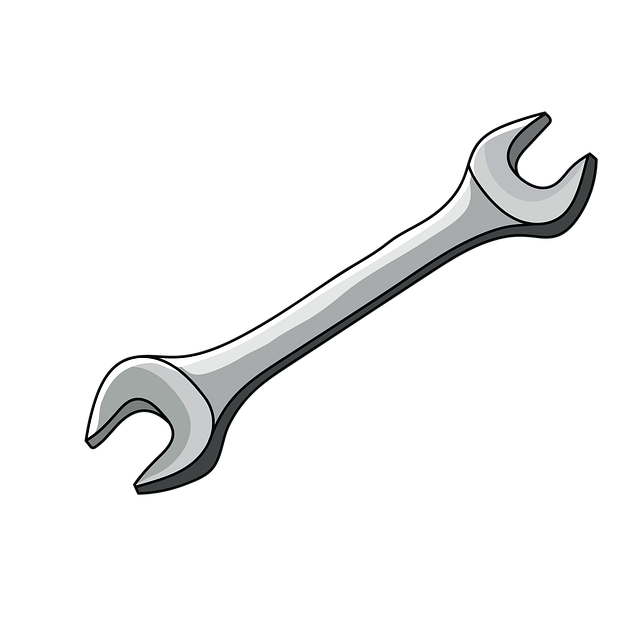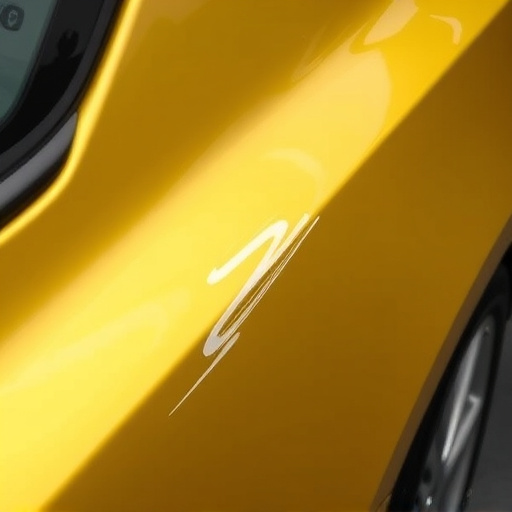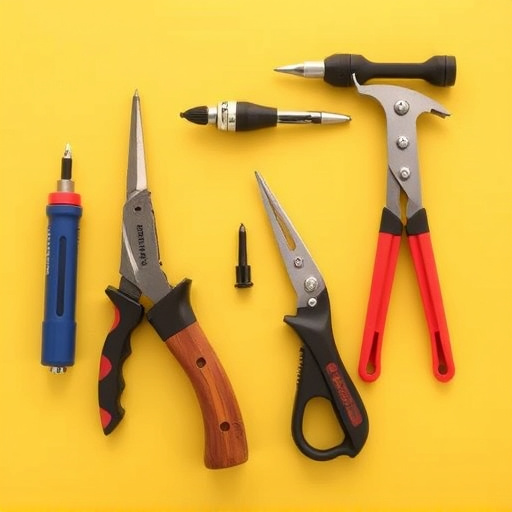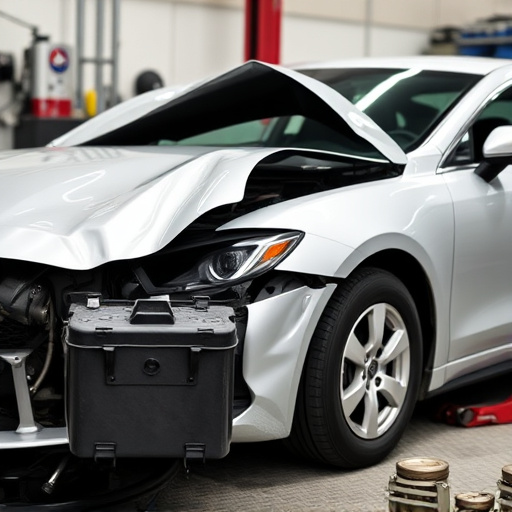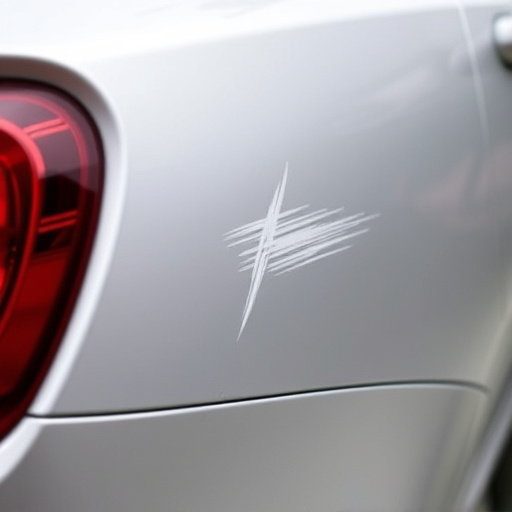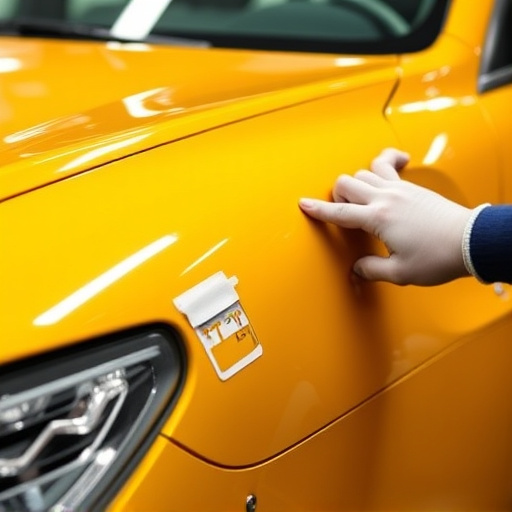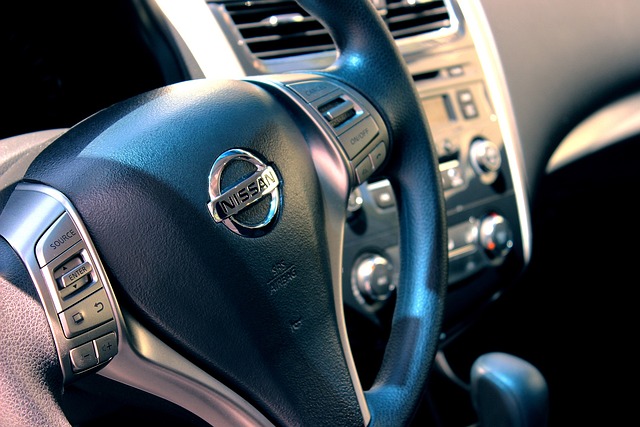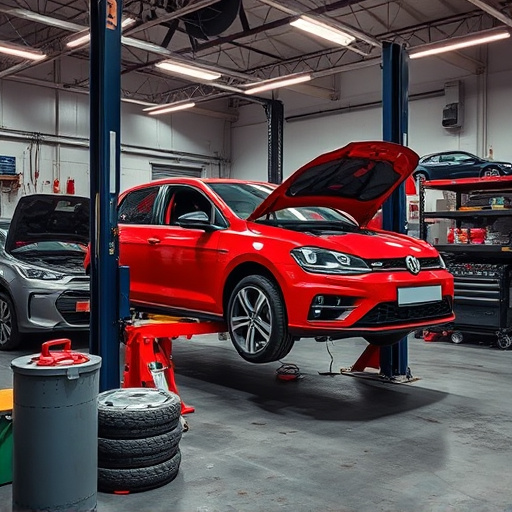Assess vehicle dent damage with a thorough inspection using tools like flashlights. Understand dent severity to choose repair methods from manual tools to advanced technology. Select appropriate tools for multiple dents, considering DIY or professional repairs based on size. Implement safety preparation before fixing vehicle dents with putty, filler, PDR, or full body repair.
“Discover how to tackle multiple dents in your vehicle’s body with confidence. This comprehensive guide provides a step-by-step approach to efficient dent repair, ensuring your car looks as good as new. From assessing and understanding dent damage to choosing the right tools, we cover it all. Learn the secrets to successful vehicle dent fixing and restore your ride’s sleek appearance.”
- Assessing and Understanding Vehicle Dent Damage
- Choosing the Right Tools for Dent Removal
- Step-by-Step Guide to Efficient Dent Repair
Assessing and Understanding Vehicle Dent Damage

Assessing vehicle dent damage is a crucial first step in the vehicle dent fixing process. Start by thoroughly inspecting the affected areas, noting the size, depth, and number of dents. Some dents might be superficial, while others could indicate more severe structural issues that require professional attention from car repair services. Using a flashlight or bright light can help you see into hard-to-reach corners and reveal any hidden dents.
Understanding the type and extent of dent damage is key to choosing the right repair method. Vehicle collision repair professionals often use a combination of techniques, ranging from simple hand tools for minor dents to more advanced technology like pneumatic tools or even laser-guided systems for complex cases. Car dent repair methods can include painting over small dents, using special adhesives for deeper indentations, or replacing damaged panels in severe vehicle collision repair scenarios.
Choosing the Right Tools for Dent Removal

When tackling multiple dents in your vehicle’s body, selecting the right tools is half the battle won. For minor to moderate dents, a set of professional-grade dent removal tools or a putty knife can work wonders. These tools allow for precise control and can often pop out dents without leaving behind unsightly marks. There are various methods to choose from, such as using air pressure, heat guns, or even specialized suction cups, each offering unique advantages.
For more severe cases or if you’re aiming for a seamless finish, consider visiting a trusted vehicle body shop or engaging car repair services. They have access to advanced tools and techniques, including PDR (Paintless Dent Repair) methods that preserve the original paint job. These professionals can handle complex dent removal, ensuring your vehicle looks as good as new.
Step-by-Step Guide to Efficient Dent Repair
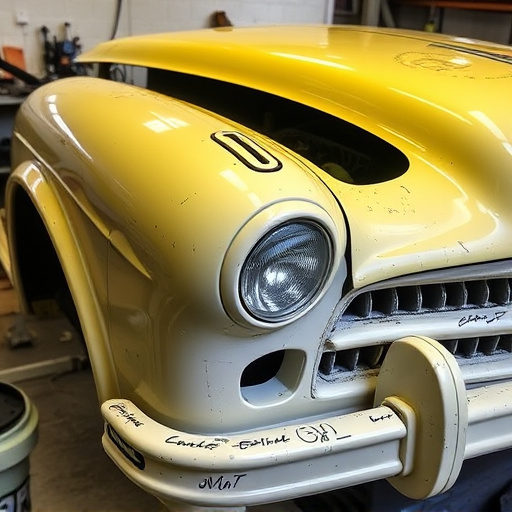
Fixing multiple dents in your vehicle’s body can seem daunting, but with a step-by-step approach, it becomes manageable. Start by assessing each dent and its size; this will help determine the repair method needed. For smaller, shallower dents, using a combination of putty and filler is an effective DIY solution. Apply a thin layer of putty over the dent, smooth it out, and let it dry. Once hard, sand gently to ensure a flat surface, then apply filler and repeat until the dent is almost invisible.
For larger or deeper dents, professional intervention might be required. Many vehicle repair services offer bodywork solutions that involve specialized tools and techniques. These methods include PDR (Paintless Dent Repair), which works on shallow dents, using air pressure to push out the damage without painting; or more extensive car body repair for severe cases. Remember, proper preparation is key to a successful repair, so follow safety guidelines and ensure you have all necessary tools before beginning.
Fixing multiple dents in your vehicle’s body can seem daunting, but with the right understanding and tools, it’s a manageable task. By assessing the damage, selecting appropriate tools, and following a structured guide, you can efficiently restore your vehicle to its pre-dent condition. Remember, proper techniques and safety precautions are key to achieving professional results and ensuring your vehicle’s long-term protection from future dents.
